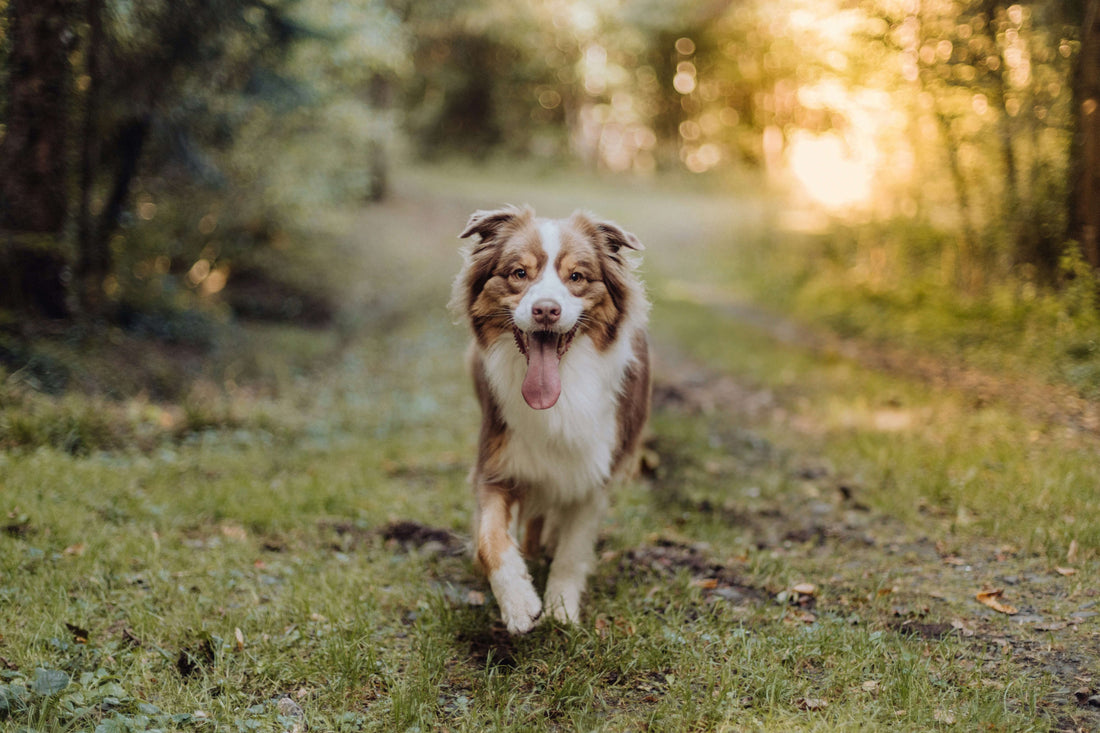
Grooming Tips for Dogs That Make Life Easier - JoPets
Share
Grooming is a vital part of dog care, but many pet owners find it frustrating or overwhelming. The good news is that it doesn’t have to be. With a consistent routine and the right tools, grooming your dog becomes easier, faster, and more enjoyable for both of you.
Here are grooming tips that will save you time and stress.
1. Start Young
If you have a puppy, begin grooming as early as possible. This helps your dog get used to being handled. Even if your pup doesn’t need a bath or full brush yet, get them comfortable with the tools and process.
For older dogs, it’s never too late to start. Just go slow and build trust.
2. Create a Routine
Dogs are creatures of habit. Grooming becomes easier when it’s part of a weekly schedule. Designate one or two days per week for brushing, nail checks, and ear cleaning. Try to stick to the same time of day and environment.
3. Use the Right Tools
The correct grooming tools make a big difference. A slicker brush, de-shedding comb, nail clippers with a safety guard, and dog shampoo are good essentials. If your dog has a specialty coat type, invest in breed-specific tools.
4. Keep Sessions Short
Especially in the beginning, limit grooming to short sessions—5 to 10 minutes is enough. Take breaks if needed, and gradually increase the time.
Avoid turning grooming into a marathon unless your dog is very calm and used to it.
5. Make it Positive
Use treats, praise, and play to make grooming enjoyable. Always reward your dog after a grooming session, even if it’s just a short brushing.
If your dog is nervous, let them sniff the brush or tools before starting. Work at their pace.
6. Focus on High-Impact Areas
If you’re short on time, prioritize the areas that get dirty or matted the fastest:
-
Behind the ears
-
Armpits
-
Tail base
-
Paws
Also, check for debris, fleas, or skin irritation in these zones.
7. Don't Skip Nail Trimming
Long nails can cause joint pain or posture problems. Trim nails every 3 to 4 weeks or as needed. If you're unsure, walk your dog on concrete — it helps wear nails down naturally.
Use dog-specific clippers or a grinder for safety.
8. Watch for Signs of Discomfort
If your dog resists certain parts of grooming, it could be due to a physical issue like a sore spot or injury. Check for redness, swelling, or signs of infection.
9. When to See a Pro
Professional groomers are trained to handle difficult coats, mats, or anxious dogs. If you feel overwhelmed or your dog needs a special cut, don’t hesitate to book an appointment.
Conclusion
A good grooming routine keeps your dog clean, reduces shedding, and prevents skin problems. More importantly, it builds trust and deepens your bond. Start small, stay consistent, and keep things positive. Your dog will thank you.
